| [1] |
VERMEER P A, DE BORST R. Non-associated plasticity for soils, concrete and rock[J]. Heron, 1984, 29 (3): 1 – 64.
|
| [2] |
杨 强, 陈 新, 周维垣. 基于 D—P 准则的三维弹塑性有限元增量计算的有效算法 [J]. 岩土工程学报, 2002, 24 (1): 16 – 22. (YANG Qiang, CHEN Xin , ZHOU Wei-yuan. A practical 3D elasto-plastic incremental method in FEM based on D-P yield criteria[J]. Chinese Journal of Geotechnical Engineering, 2002, 24 (1): 16 – 22. (in Chinese))
|
| [3] |
COLLIN I F. Associated and non-associated aspects of the constitutive laws for coupled elastic/plastic materials[J], International Journal of Geomechanics, 2002, 2 (2): 259 – 267.
|
| [4] |
熊文林. 非关联塑性切线刚度矩阵的对称表示 [J]. 应用数学和力学, 1986, 7 (11): 983 – 992. (XIONG Wen-lin. Symmetric formulation of tangential stiffnesses for non-associated plasticity[J]. Applied mathematics and mechanic, 1986, 7 (11): 983 – 992. (in Chinese))
|
| [5] |
ZIENKIEWICZ O C, VALLIAPPAN S, KING I P. Elasto-plastic solutions of engineering problems ‘initial stress’, finite element approach[J]. International Journal for Numerical Methods in Engineering, 1969, 1 (1): 75 – 100.
|
| [6] |
郑 宏, 刘德富. 弹塑性矩阵 D ep 的特性和有限元边坡稳定性分析中的极限状态标准 [J]. 岩石力学与工程学报, 2005, 24 (7): 1099 – 1105. (ZHENG Hong, LIU De-fu. Properties of elasto-plastic matrix Dep and a criterion on limiting state of slope stability by FEM[J]. Chinese Journal of Rock Mechanics and Engineering, 2005, 24 (7): 1099 – 1105. (in Chinese))
|
| [7] |
CHEN C. Efficient and reliable accelerated constant stiffness algorithms for the solution of non-linear problems[J]. International Journal for Numerical Methods in Engineering, 1992, 35 (3): 481 – 490.
|
| [8] |
THOMAS J N. An improved accelerated initial stress procedure for elasto-plastic finite element analysis[J]. International Journal for Numerical and Analytical Methods in Geomechanics, 1984, 8 (4): 359 – 379.
|
| [9] |
SLOAN S W, SHENG D, ABBO A J. Accelerated initial stiffness schemes for elastoplasticity[J]. International Journal for Numerical and Analytical Methods in Geomechanics, 2000, 24 (6): 579 – 599.
|
| [10] |
FAMIYESIN O O R. Robust symmetric formulations for nonassociated plasticity problems[J]. Journal of Engineering Mechanics, 1999, 125 (9): 1071 – 1080.
|
| [11] |
YU H S. Cavity expansion methods in geomechanics[M]. Dordrecht: Kluwer Academic, 2000.
|
| [12] |
赵尚毅, 郑颖人, 时卫民, 等. 用有限元强度折减法求边坡稳定安全系数 [J]. 岩土工程学报, 2002, 24 (3): 343 – 346. (ZHAO Shang-yi, ZHENG Ying-ren, SHI Wei-min, et al. Analysis on safety factor of slope by strength reduction FEM[J]. Chinese Journal of Geotechnical Engineering, 2002, 24 (3): 343 – 346. (in Chinese))
|
| [13] |
陈祖煜. 土质边坡稳定分析 — 原理·方法·程序 [M]. 北京:中国水利水电出版社, 2003. (CHEN Zu-yu. Soil slope stability analysis—theory, methods and programs[M]. Beijing: China Water Power Press, 2003. (in Chinese))
|
| [14] |
陈 曦, 刘春杰. 有限元强度折减法中安全系数的搜索算法 [J]. 岩土工程学报, 2010, 32 (9): 1443 – 1447. (CHEN Xi, LIU Chun-jie. Search algorithms for safety factor in finite element shear strength reduction method[J]. Chinese Journal of Geotechnical Engineering, 2010, 32 (9): 1443 – 1447. (in Chinese))
|
| [15] |
MANZARI M T, NOUR M A. Significance of soil dilatancy in slope stability analysis[J]. Journal of Geotechnical and Geoenvironmental Engineering, ASCE, 2000, 126 (1): 75 – 80.
|
| [16] |
WANG Y J, YIN J H, LEE C F. The influence of a non-associated flow rule on the calculation of the factor of safety of soil slopes[J]. International Journal for Numerical and Analytical Methods in Geomechanics, 2001, 25 (13): 1351 – 1359.
|



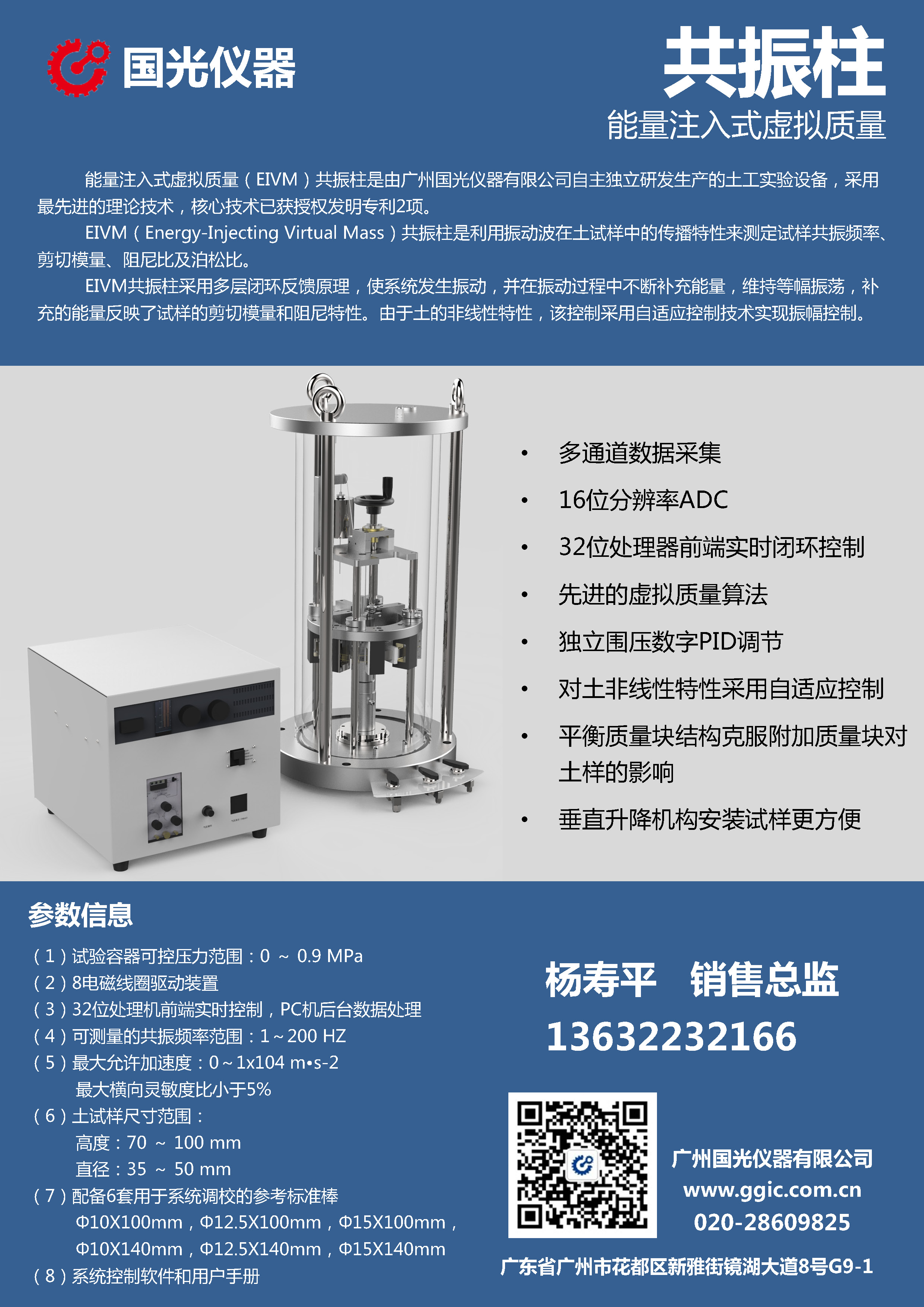
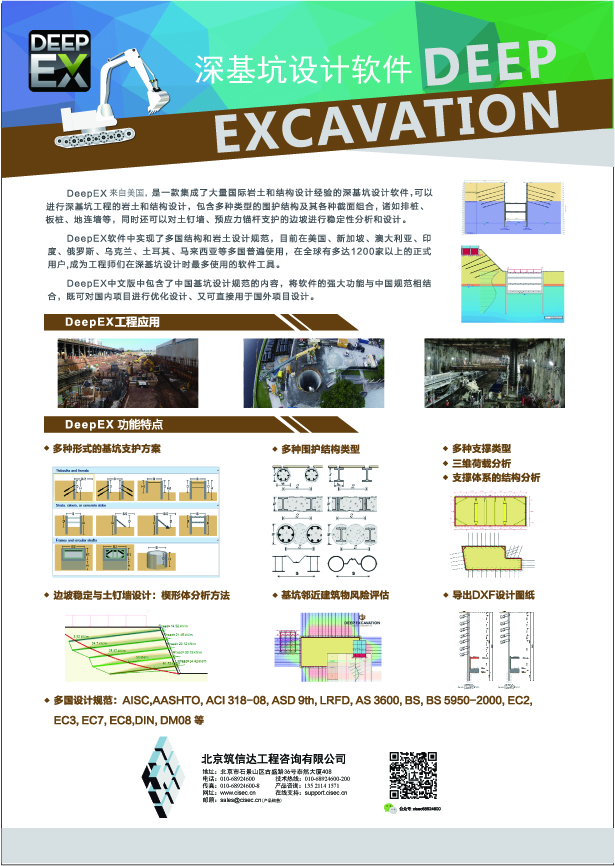
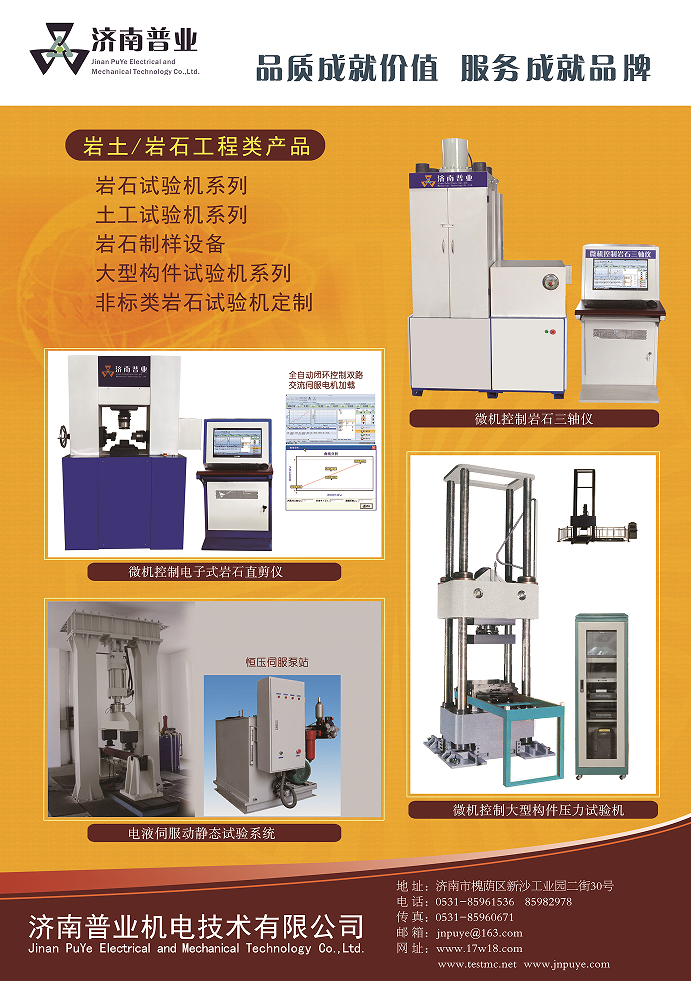
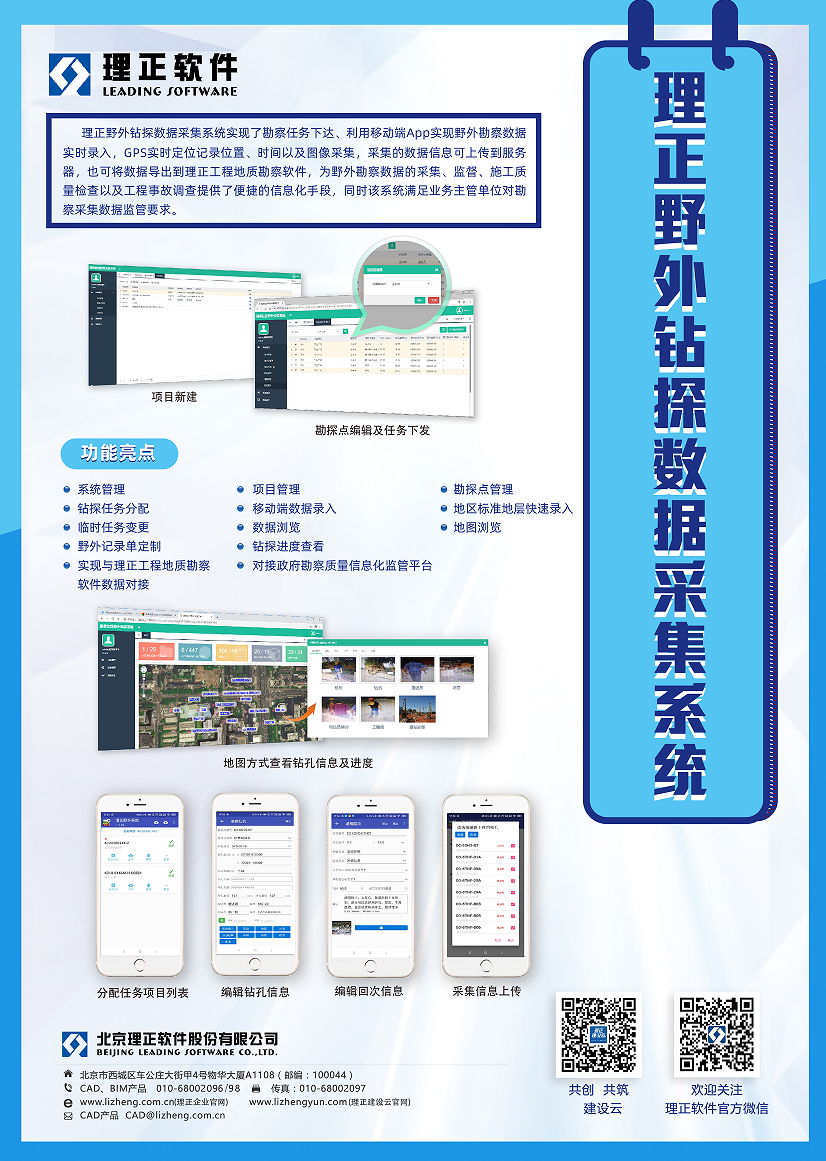
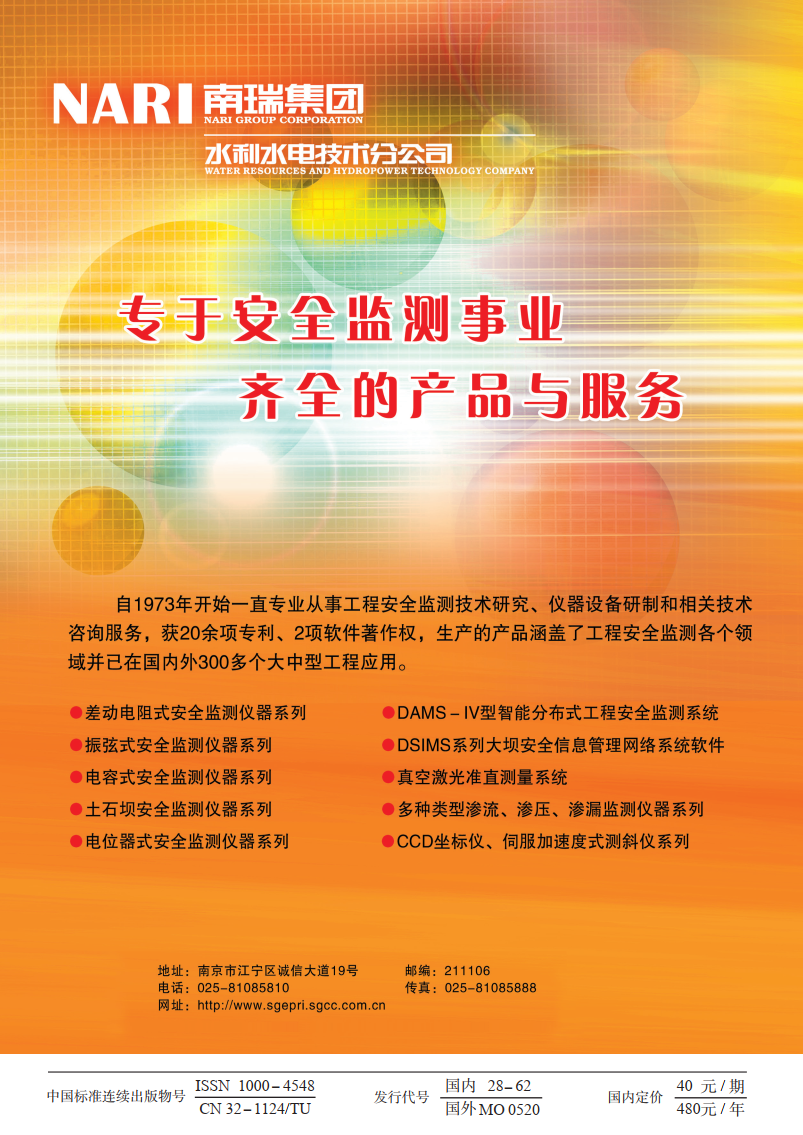
 下载:
下载:
